Sweep Frequency Response Analysis -SFRA Test:
>
SFRA test is nothing but a Sweep Frequency Response analysis, which is used to find out the physical condition of transformer windings, Alternator Rotor’s windings etc. The winding of transformer or alternator rotor’s may be exposed to mechanical stresses during unsafe transportation, lightning impulse, heavy short circuit faults, transient switching impulses, and DC component etc. Due to these mechanical stresses may damage the transformer’s winding or cause displacement or deformation of transformer windings from its original position. i.e if the mechanical stress is high or exceeded the threshold limit then the transformer winding may touch the core which creates the earth fault between the winding to core.
Some Reference Photo winding damaged due to mechanical stress:
Main Purpose of SFRA Test:
- Transformer Core displacement
- Winding displacement for both rotor and transformer
- Broken or loosen clamp connections
- Inter turn short circuit
- Internal short circuit
- Winding to Core Earth fault
- Winding Open circuit condition
Principle of SFRA Test:
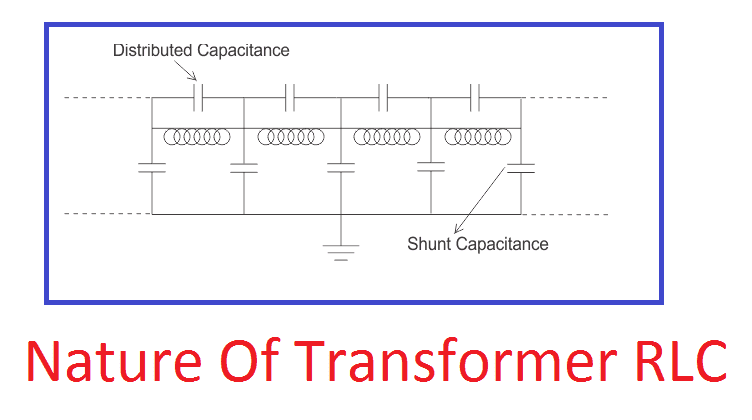
The principle of SFRA is very simple and easy. As you know about the capacitor, two parallel electrodes act as capacitor even in air dielectric medium. But here the windings are insulated by paper and mica or varnish etc. the insulation work as dielectric medium. The winding itself creates a capacitance between them and form a distributed network. Also all the electrical equipments have some resistance, inductance and some capacitance values hence each of them can be considered as a complex RLC circuit. Ideally, resistance, inductance and capacitance is equal to zero. But in practical cases the ideal machine cannot be constructed the resistance, inductance and capacitance of an equipment is not equal to zero. Hence most of the electrical equipments can be considered as RLC circuit hence they response to the sweep frequencies and produce a unique signature.
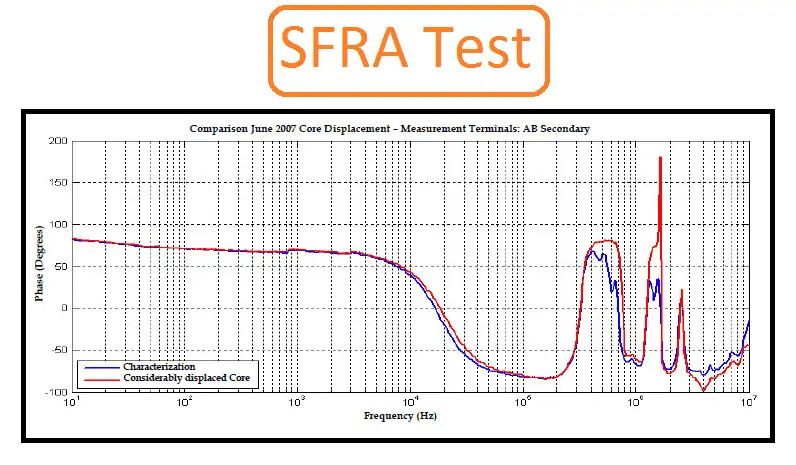
SFRA Test procedure for transformer
- The winding to be tested will be kept in open circuit (Both Primary and Secondary)
- The test sinusoidal voltage Vi is applied between the winding to ground from one end and the corresponding output voltage Vo will be measured between other end to ground.
- The frequency of the input voltage will be raised because of, if we go on increasing the frequency of the input signal without changing its voltage level we will get different output voltages at different frequencies depending upon the RLC nature of the winding. And the waveform and the readings will be noted for each evolution.
- The two waveform and output voltage will be noted.
- The graph will be plotted between the input to output voltage. Comparison of the present signature with the earlier patterns and observe some deviation between these two graphs, we can assess that there is mechanical displacement and deformation occurred in the winding.
Key Point of SFRA test:
- SFRA Test is used to find out the physical condition of the winding.
- Also we can find the inter tern short, Internal short, core to winding short, mechanical displacement etc.

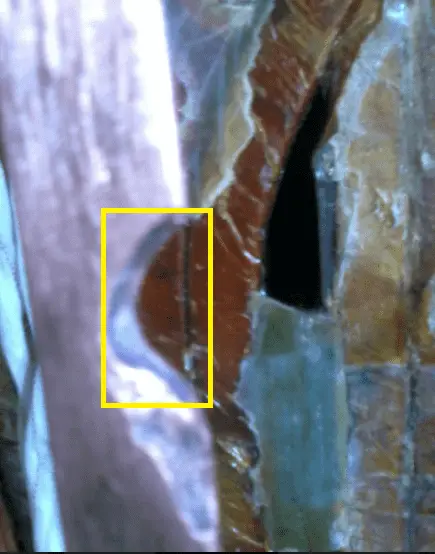
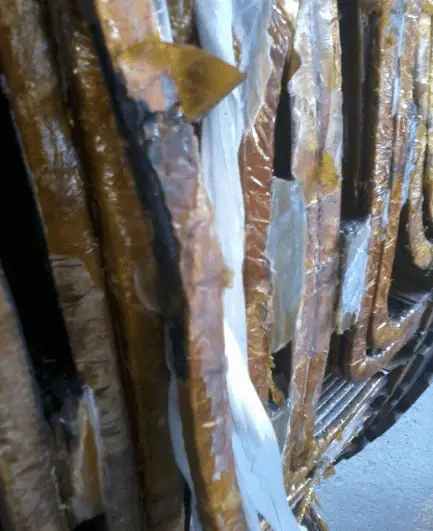
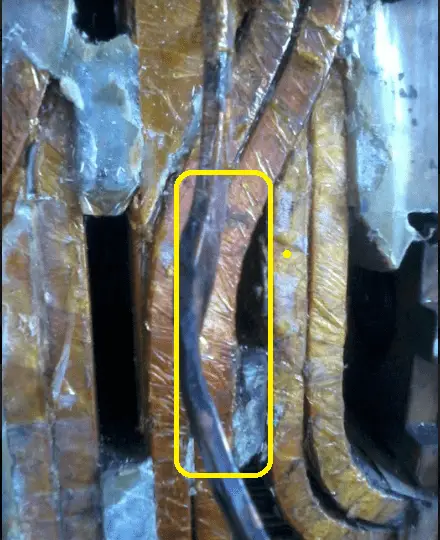
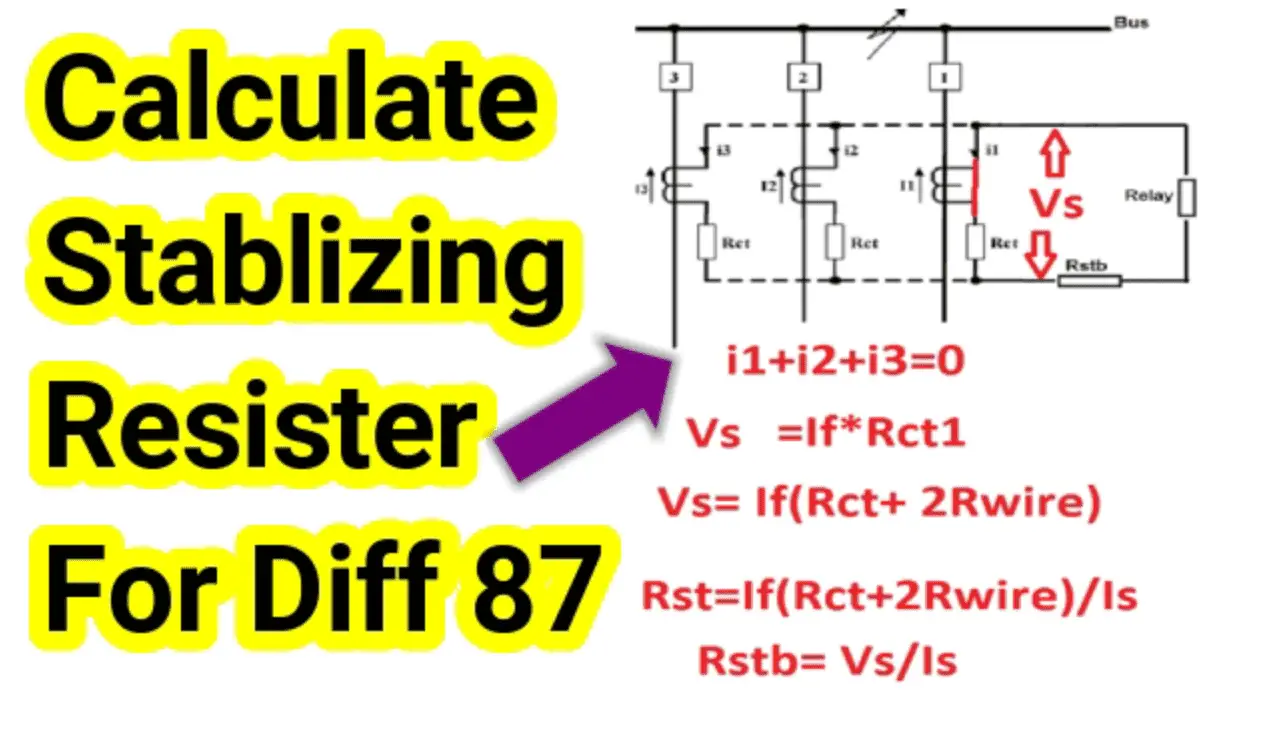
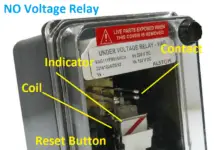
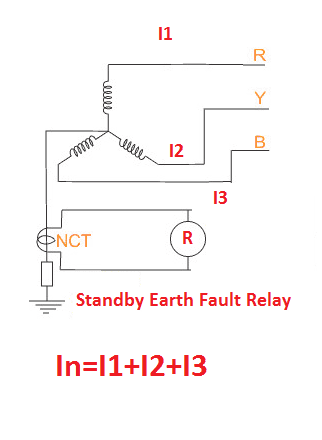
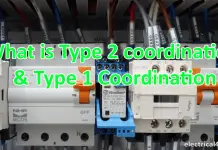


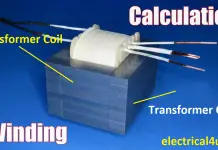
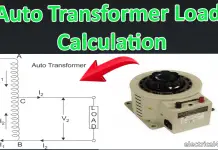
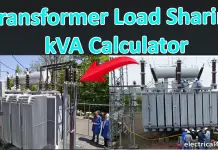
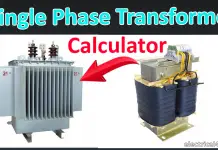
Hi.
if we do FRA test on current transformer?